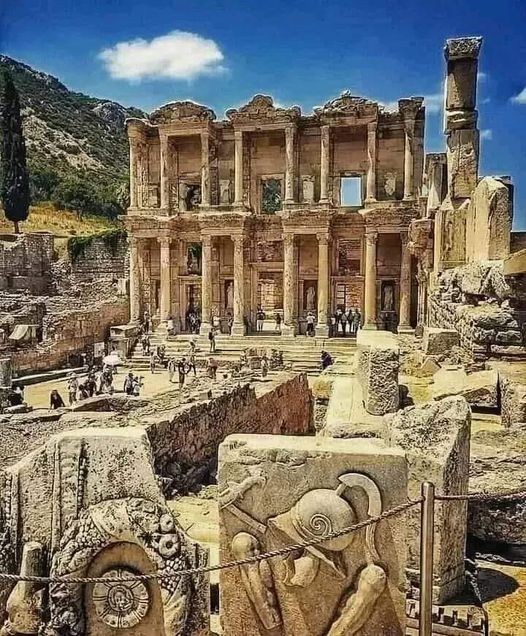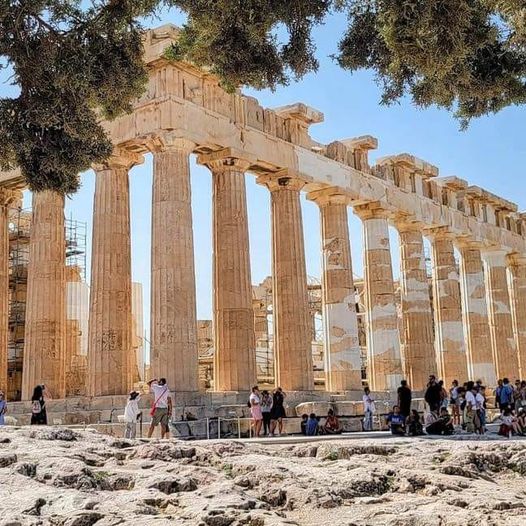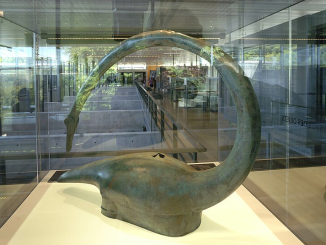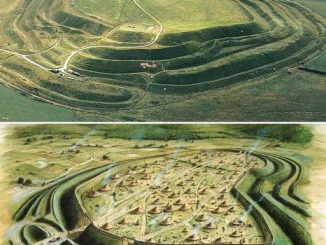Nestled in the heart of modern-day Turkey, the ancient city of Ephesus stands as a testament to the grandeur of classical antiquity. Once a bustling metropolis and a major center of commerce and religion, Ephesus is now one of the most extensively excavated and best-preserved archaeological sites in the world. The city’s remarkable ruins, including the majestic Library of Celsus depicted in the photograph, offer a window into the life of a sophisticated Greco-Roman society.

Historical Significance of Ephesus
Founded in the 10th century BCE by Greek colonists, Ephesus became a pivotal center for the spread of the Roman Empire in Asia Minor. It was renowned for the Temple of Artemis—one of the Seven Wonders of the Ancient World—though little remains of this once-splendid structure today. The city’s strategic location near the Aegean Sea facilitated its growth into a vibrant urban center, making it a hub for political activities, commerce, and religious pilgrimage.
Architectural Marvels: The Library of Celsus
A focal point of any visit to Ephesus is the Library of Celsus, beautifully restored and standing proudly as a symbol of the city’s rich cultural heritage. Constructed between 110 and 135 AD, the library was built to store 12,000 scrolls and to serve as a monumental tomb for Celsus Polemaeanus, the governor of the province of Asia. The facade, adorned with columns and statues representing Wisdom, Knowledge, Intelligence, and Virtue, reflects the Roman love of grandeur and detailed artistry.

Ephesus as a Religious Center
Ephesus also holds significant religious importance. It is cited in the Book of Revelation as one of the seven churches of Asia, and it is believed that the Gospel of John may have been written here. The ruins of the Basilica of St. John near the site where he was said to be buried are a popular pilgrimage spot. Moreover, the House of the Virgin Mary, just a few kilometers from Ephesus, is venerated as the place where Mary spent her last days.
Ongoing Excavations and Conservation Efforts
Archaeological work has been ongoing at Ephesus since the 19th century, revealing grand theatres, homes, public squares, and temples. These efforts have provided invaluable insights into ancient urban planning, architecture, and daily life. Today, conservation experts work meticulously to preserve the site against the threats posed by natural erosion and the impacts of modern tourism.

Visiting Ephesus Today
For modern travelers, Ephesus offers an unparalleled glimpse into the past. Walking through its streets, visitors can envision the city’s former glory, from the bustling agora to the grand theatre that once hosted thousands. The city’s ongoing restoration projects continually reveal new treasures, ensuring that Ephesus will captivate the imaginations of generations to come.
Ephesus remains a cornerstone of classical studies and a profound reminder of the complexities of ancient civilizations. The city not only showcases the architectural and cultural achievements of its time but also offers a poignant reminder of the transient nature of human endeavors. As we walk through the ruins of Ephesus, we walk through history itself, connecting with those who, centuries ago, roamed the same paved streets under the Mediterranean sun.


